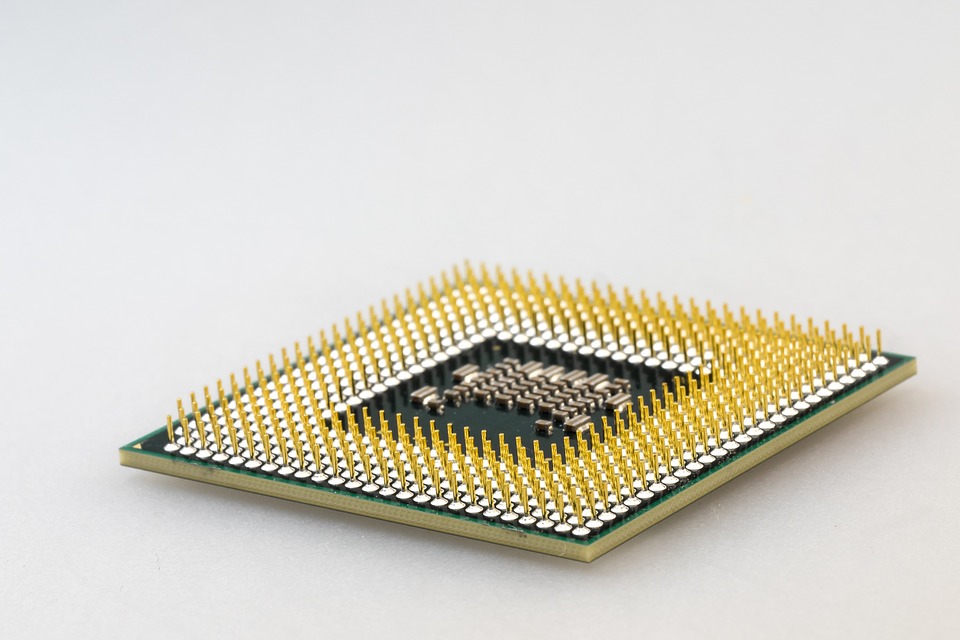The L3 cache, also known as the third level or third-level cache, is specialized memory that works in tandem with the L1 and L2 caches to improve computer performance.
In a computer, the L3 cache is one of the fastest memories. It’s often found in your CPU or graphics card and it can store data. A memory from other components is written to this part of the system to save time when data needs to be accessed again.

The L3 cache is an important component for computers because it helps increase performance by storing frequently used information so that it doesn’t have to be loaded as much. If you’re working on a project and find yourself waiting for something such as a video clip or web page, then your computer might not have enough memory available and will need more RAM which could help speed up your workflow.
It’s important that you know what type of storage you need for different types of tasks. If you want more information on RAM, your best bet is to contact a company that offers memory upgrades for computers.
When it comes to the L3 cache, there are many different opinions of what it’s exactly used for. Many experts say that it helps increase performance by storing frequently used information so that it doesn’t have to be loaded as much, while others don’t believe this is true.
It’s believed that the L3 cache really only serves one very specific function which is to temporarily hold data while it’s being transferred between the computer’s hard drive and its memory. The fact of the matter is there isn’t enough evidence out there yet to support either claim with complete certainty.
Some people might think they’re getting more storage space with an L3 cache since you can write information to it. However, the truth is that the L3 cache operates at a much smaller size compared to RAM and your computer’s main memory.
Even though information can be stored in the L3 cache which is faster than having to go through the hard drive, this isn’t typically done because of how limited its ability to hold data is.
Since there’s no way for new data added to one system component to be transferred over quickly enough, written data must stay where it was originally stored until it can be passed up, which obviously doesn’t happen often with the L3 cache.
If you’re working on a project and find yourself waiting for something such as a video clip or web page, then your computer might not have enough memory available and will need more RAM which could help speed up your workflow. This is why it’s important to know what type of storage you need for different types of tasks.
If you’re trying to decide between making a hire for an IT company or trying to do it on your own, then one of the most important things you should consider is how much storage they have available. The more their computers are able to process at once without having to store anything temporarily, the faster they’ll be able to work on the projects you present them with.
If your business requires that multiple programs run at the same time, then upgrading the RAM isn’t always going to be good enough. You’ll also need to consider whether or not you can afford a hardware upgrade that will include an L3 cache.
It’s believed that the L3 cache really only serves one very specific function which is to temporarily hold data while it’s being transferred between the computer’s hard drive and its memory, but even if this isn’t true, it doesn’t mean your business needs access to the amount of storage more expensive options provide.





